There is no tuning possible without a proper monitoring in place to measure the impact of any changes. Thus, before trying to tune an Apache httpd server, I will explain how to monitor it with Zabbix.
Setup Zabbix Monitoring
Apache httpd template provided by Zabbix uses mod_status which provides metrics about load, processes and connections.
Before enabling this module, we must ensure it is present. httpd -M 2>/dev/null | grep status_module command will tell you so. Next, we can extend configuration by creating a file in /etc/httpd/conf.d:
<Location "/server-status">
SetHandler server-status
</Location>After a configuration reload, we should be able to access the URL http://<IP>/server-status?auto.
Finally, we can link the template to the host and see that data are collected:
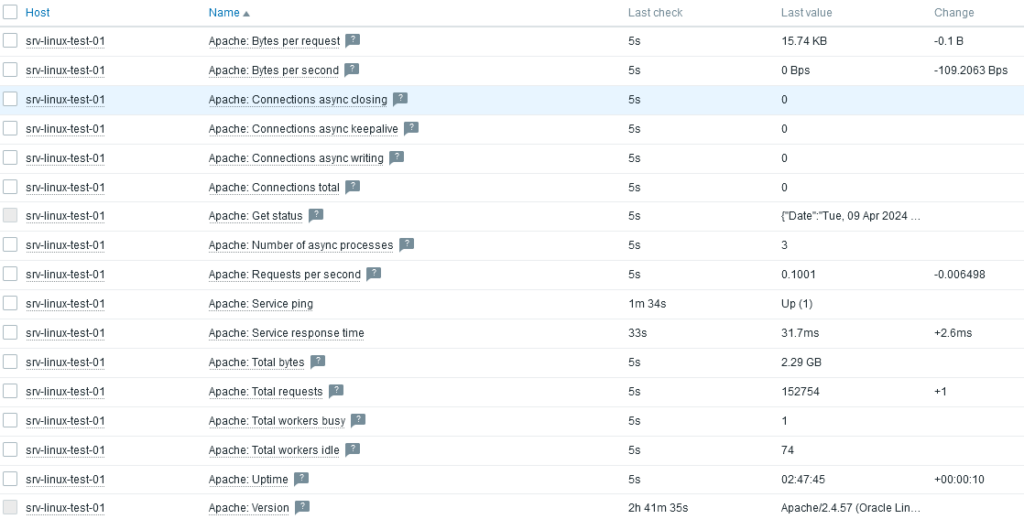
Tuning
I deployed a simple static web site to the Apache httpd server. To load test that web site, nothing better than JMeter. The load test scenario is simply requesting Home, About, Services and Contact Us pages and retrieve all embedded resources during 2 minutes with 100 threads (ie. users).
Here are the performances on requests per seconds (right scale) and bytes per seconds (left scale):
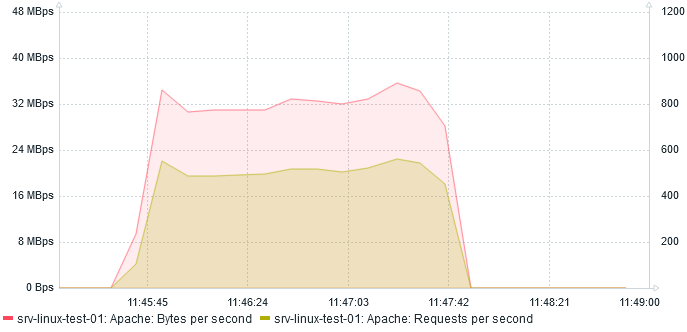
At most, server serves 560 req/s at 35 MBps.
And regarding CPU usage, it almost reaches 10%:
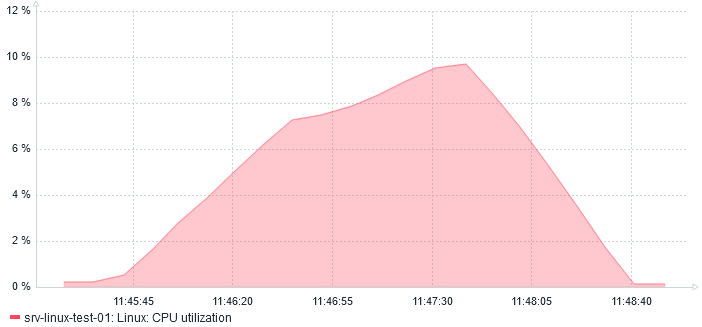
Compression
Without any additional headers, Apache httpd will consider the client (here JMeter) does not support gzip. Fortunately, it is possible to set HTTP Header in JMeter. I add it at the top of the test plan so that it will apply to all HTTP Requests below:
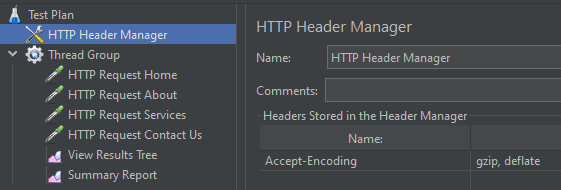
Note that I enabled mod_deflate on Apache side.
Let’s run another load test and compare the results!
After two minutes, here is what I see:
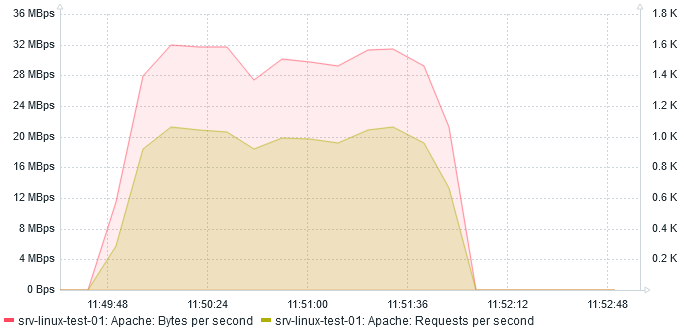
The amount of Mbps reduced to 32 which is expected as we are compressing. The amount of req/s increased by almost 100% to 1000 req/s !
On the CPU side, we also see a huge increase:
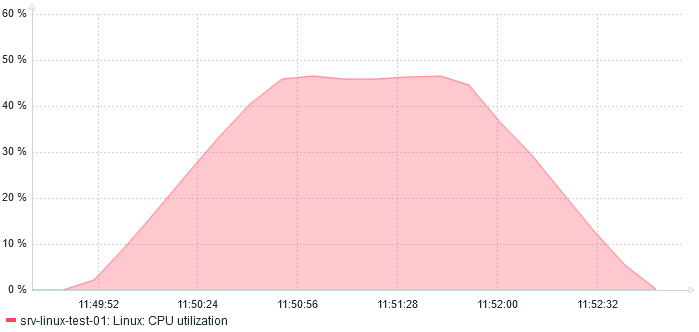
This is also more or else expected as compression requires computing.
And Now
The deployed static web site does not have any forms which would require client side compression. That will be a subject for another blog. Also, I can compare with Nginx.
![Thumbnail [60x60]](https://www.dbi-services.com/blog/wp-content/uploads/2022/08/OLS_web-min-scaled.jpg)
![Thumbnail [90x90]](https://www.dbi-services.com/blog/wp-content/uploads/2022/08/PLE_web-min-scaled.jpg)
![Thumbnail [90x90]](https://www.dbi-services.com/blog/wp-content/uploads/2022/08/MOP_web-min-scaled.jpg)
![Thumbnail [90x90]](https://www.dbi-services.com/blog/wp-content/uploads/2022/08/GME_web-min-scaled.jpg)
![Thumbnail [90x90]](https://www.dbi-services.com/blog/wp-content/uploads/2022/09/DDI_web-min-scaled.jpg)